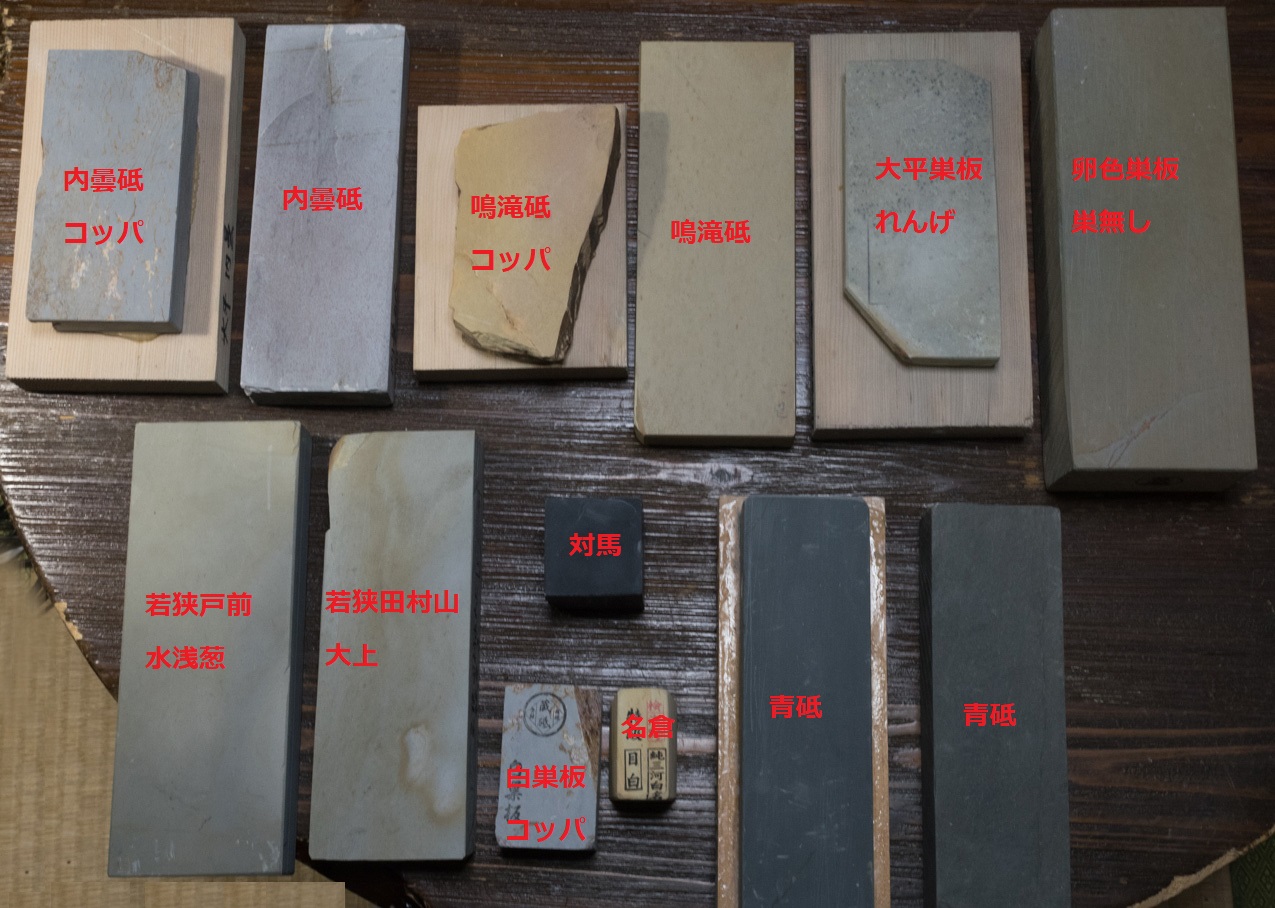The following is an essay that I wrote for an English school AEON as an assignment of writing:
Topic: A person I admire Style: Casual
Hiroshi Orihara, a professor emeritus of the university of Tokyo, is a person I admire and respect. He was born in 1935. He is a famous researcher of the sociology of Max Weber. In 1968, when he was an assistant professor at the Komaba campus of the university of Tokyo, he protested against the university regarding a unwarranted suspension of a student in the literature department and declined to restart lectures for several years. What he criticized harshly at that time was dual attitude of the university’s professors who teach in one side scientific approaches to students and do not follow those scientific principles in another side; in their real lives. (The student of the literature department was suspended by false accusation that he used some violence against a professor which he instigated. But the truth was, the professor tried to drag him out of a room and the fact that he resisted against that was interpreted falsely. Mr. Orihara tried to find the hidden facts by a kind of scientific approach, but the university ignored his protest and the suspension was not changed eventually.)
In his study of Max Weber’s sociology, his main achievement was that he studied Max Weber’s one of main works named “Economy and Society” very precisely spending 10 years and showed one very strong hypotheses for the correct edition. (I joined this study in the first two and half years when I was a university student). In this giant work of Max Weber, there is a famous edition problem. He started to write this book as an inclusive textbook of economics and sociology in 1910. He was forced to stop writing because World War I started in 1914. After the war, he tried to revise the old drafts and also tried to make some additions, but since he suffered from Spanish Flu, he died in 1920 and could not finish the work. After his death, his wife Marianne Weber tried to rearrange the whole drafts based on her own judgement. Her edition was criticized very harshly by some scholars later, and controversies for the correct arrangement of the drafts has been still continuing. Mr. Orihara joined these controversies from Japan and criticized German scholars who edited the complete works of Max Weber, published by Mohr Siebeck.
What I plan in the near future is, to publish “Economy and Society” in the orders based on Mr. Orihara’s hypotheses. (Please note that Max Weber’s copyright expired in 1990.) I have already prepared the web site for this project: https://max-weber.jp/
Since Mr. Orihara is now 83 years old, I must be hurry.

